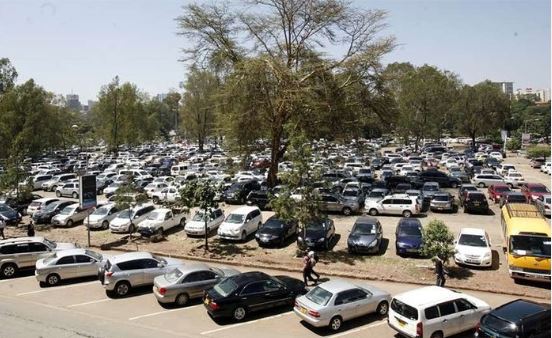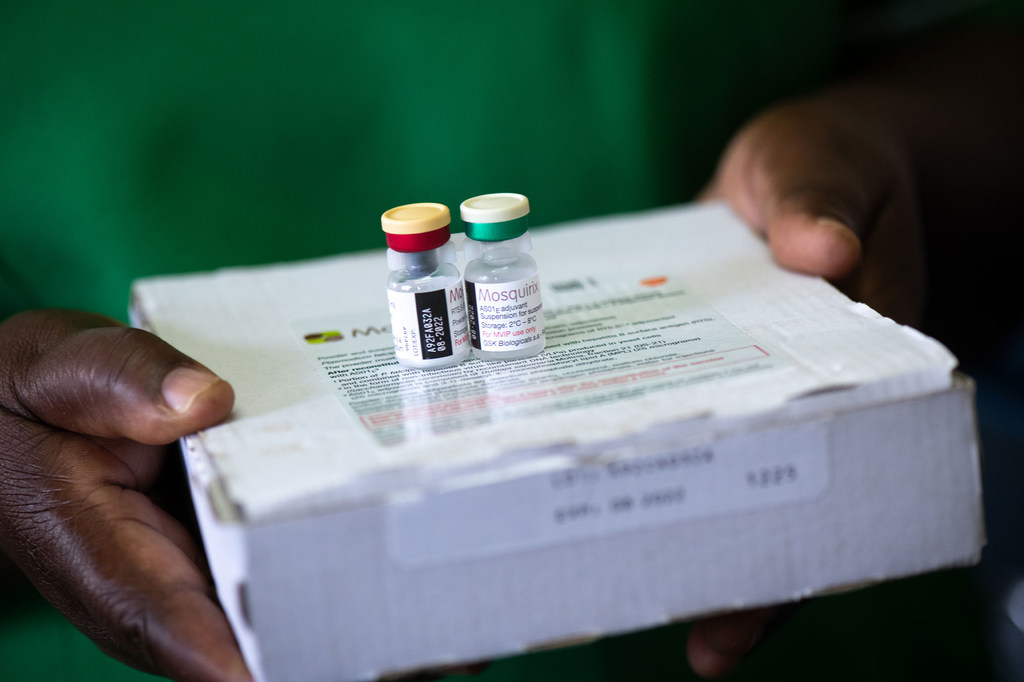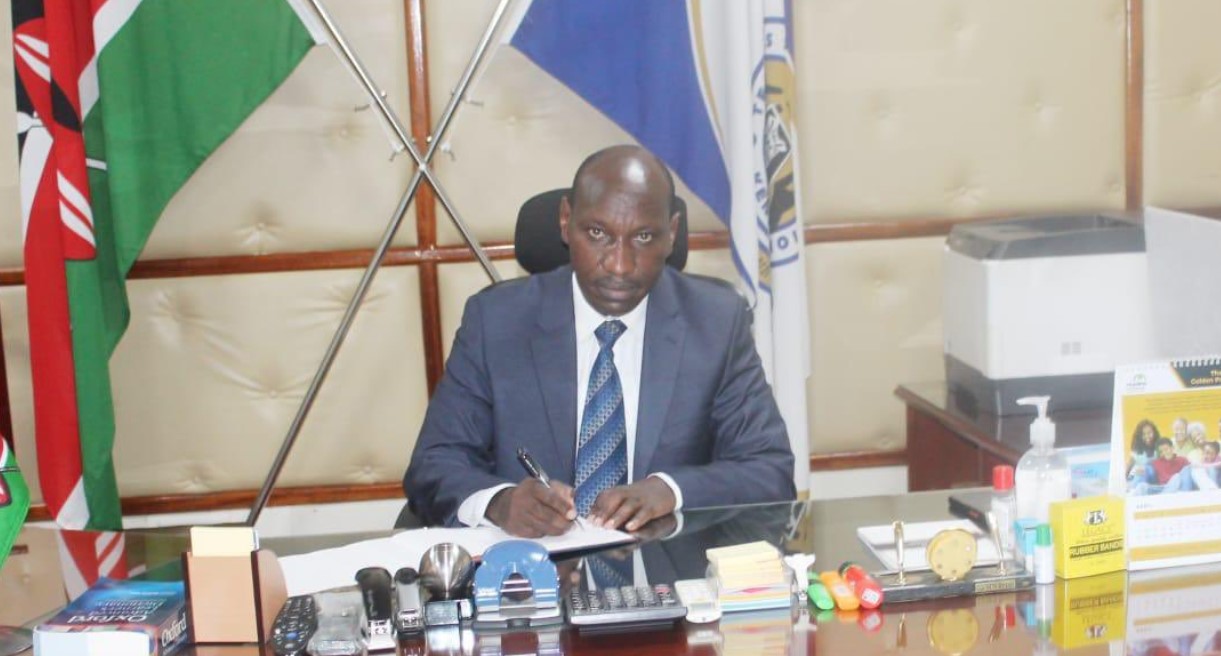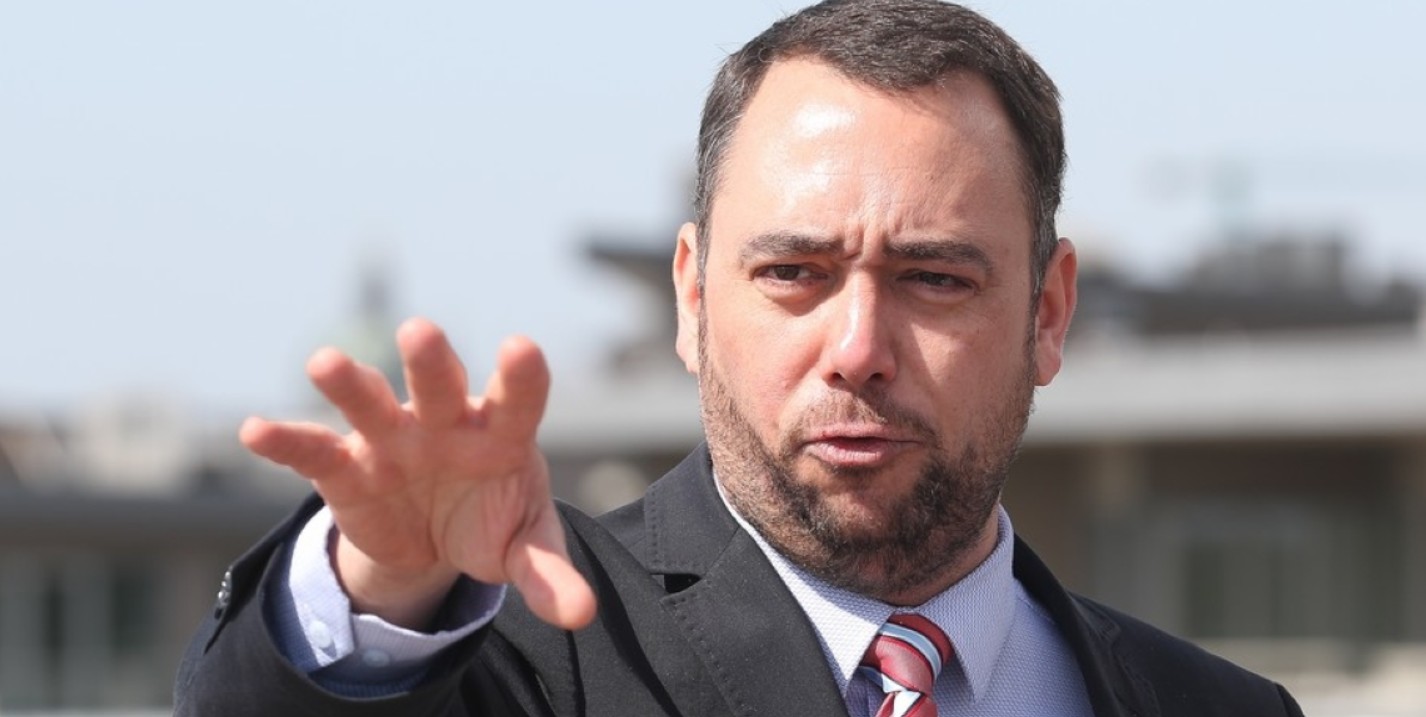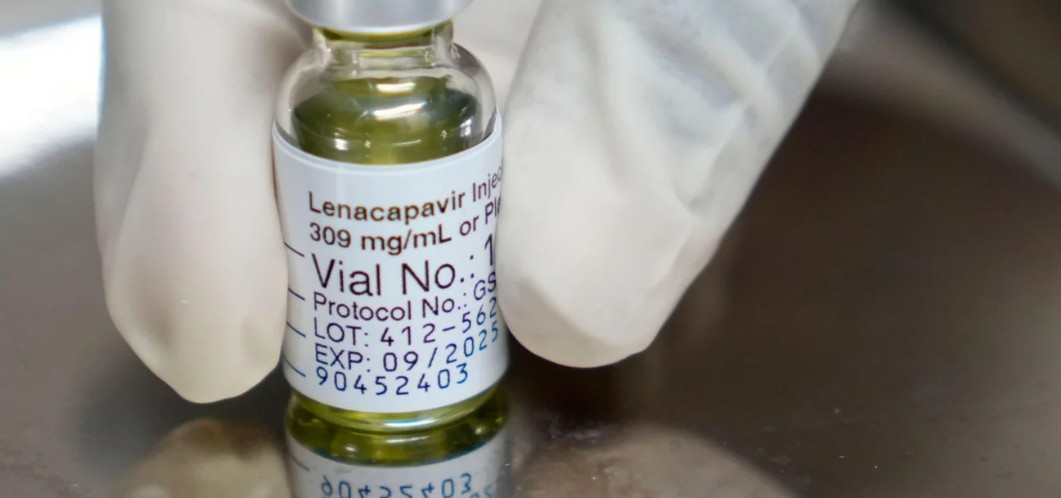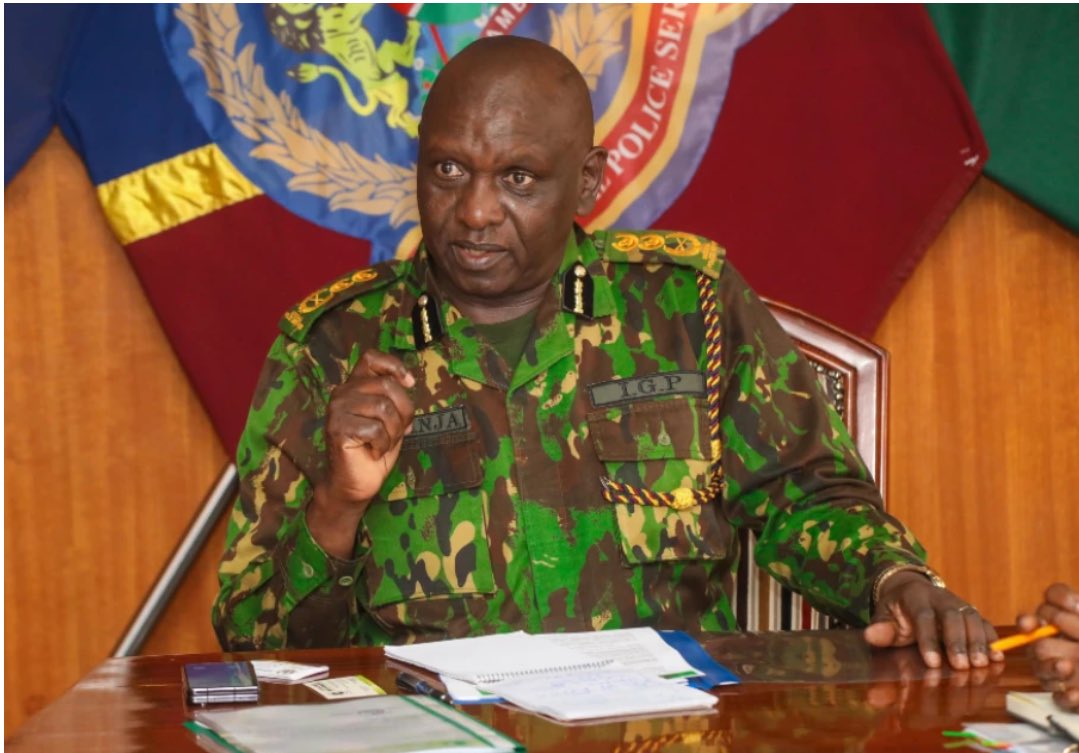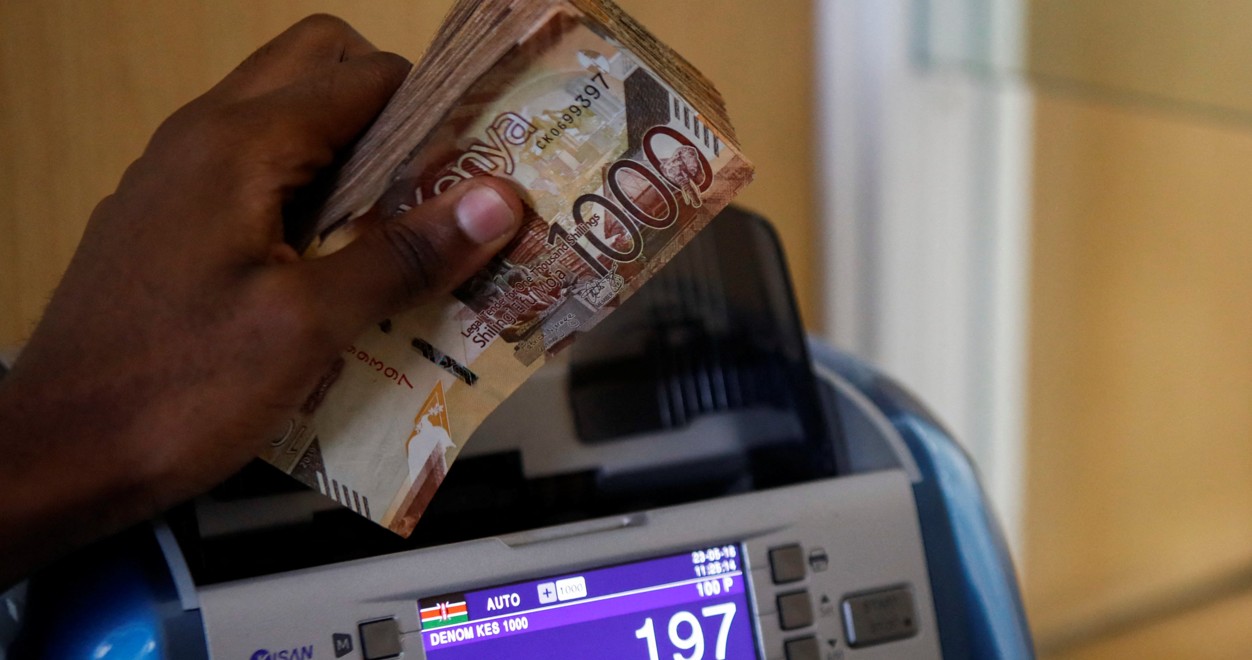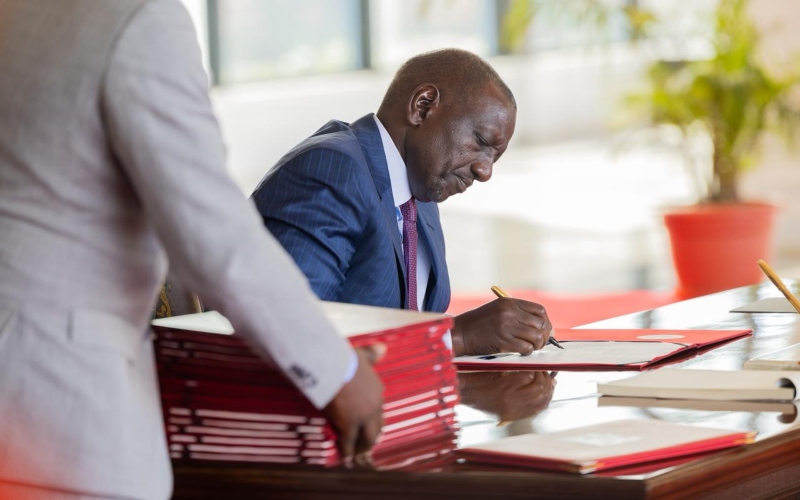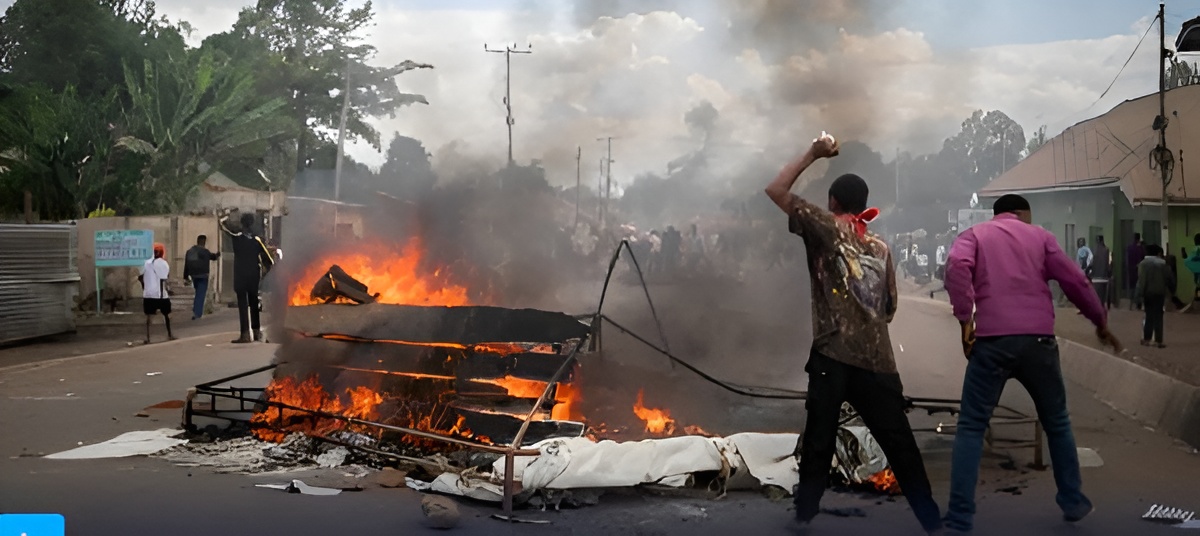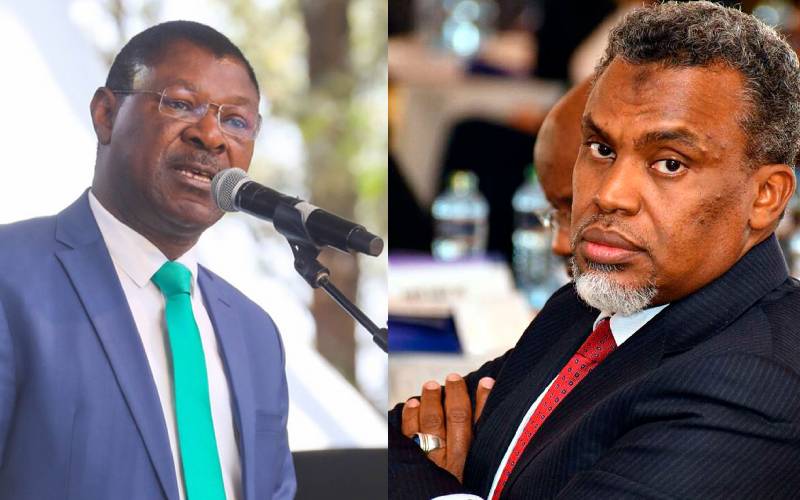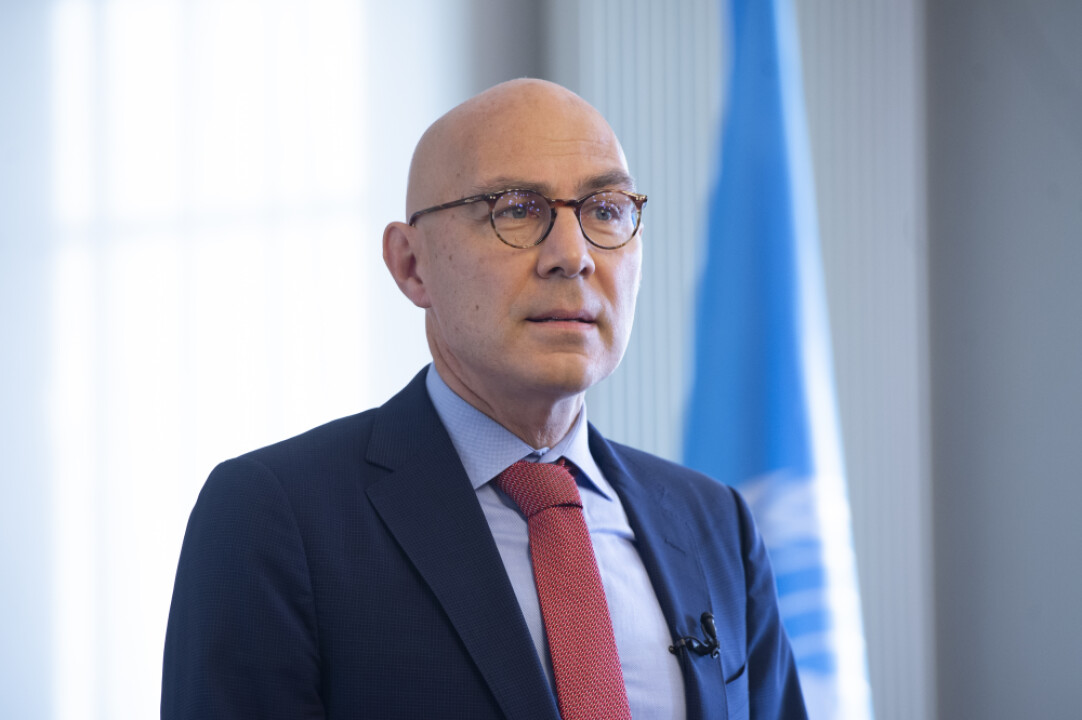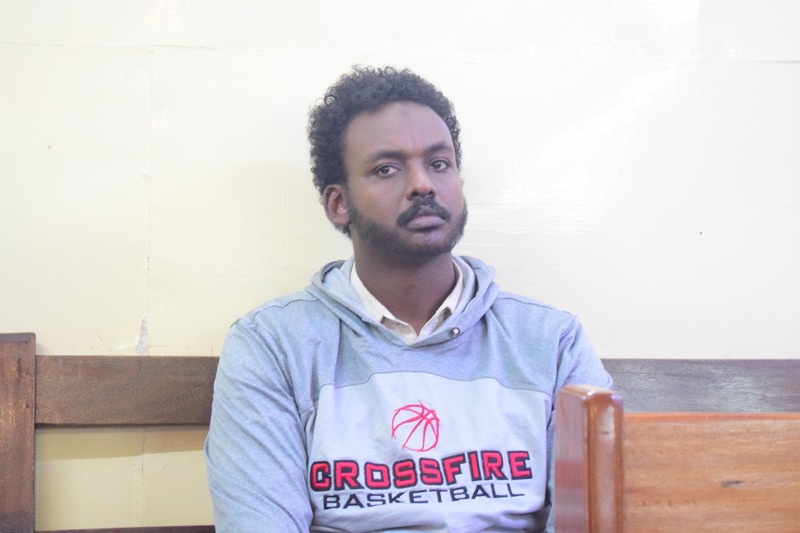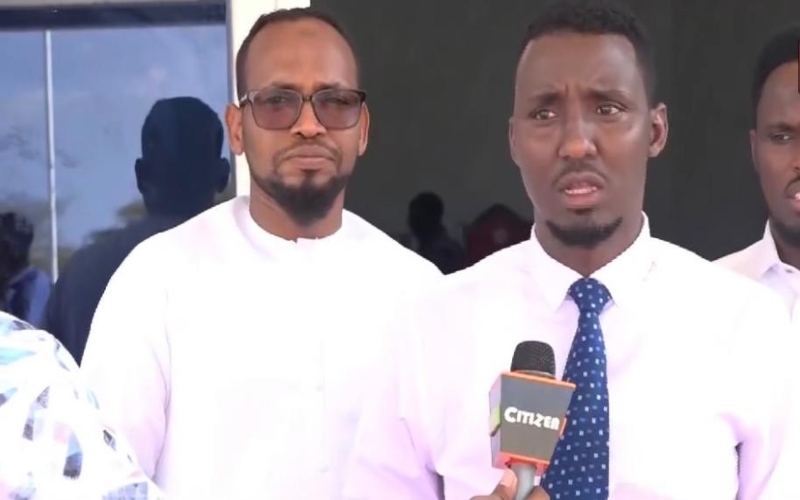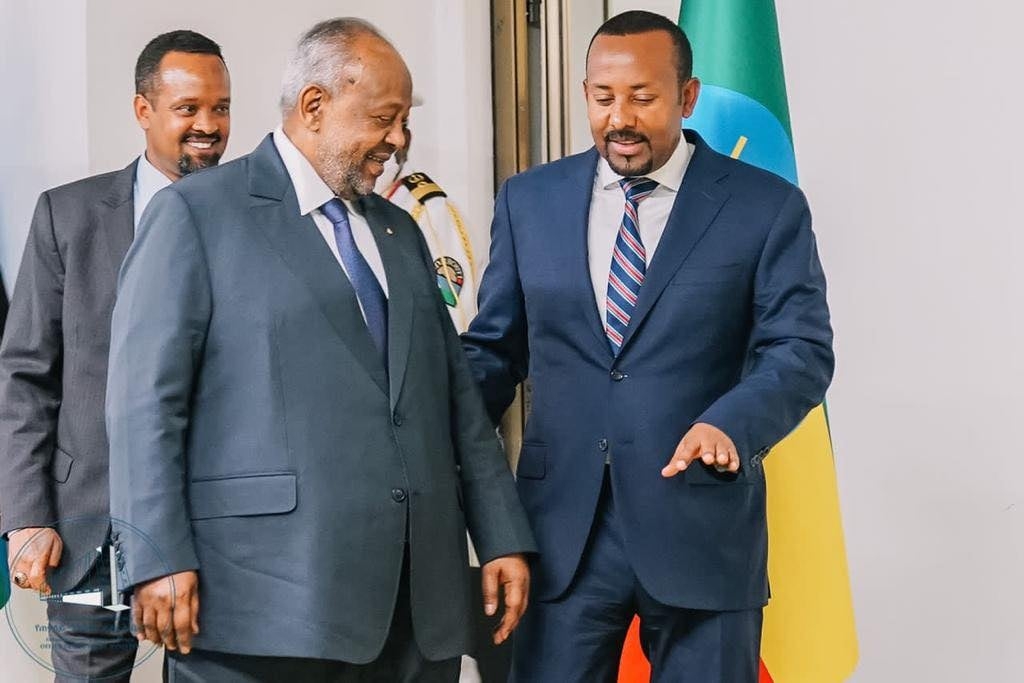12 marginalised counties receive Sh4.46 billion boost in new revenue allocation
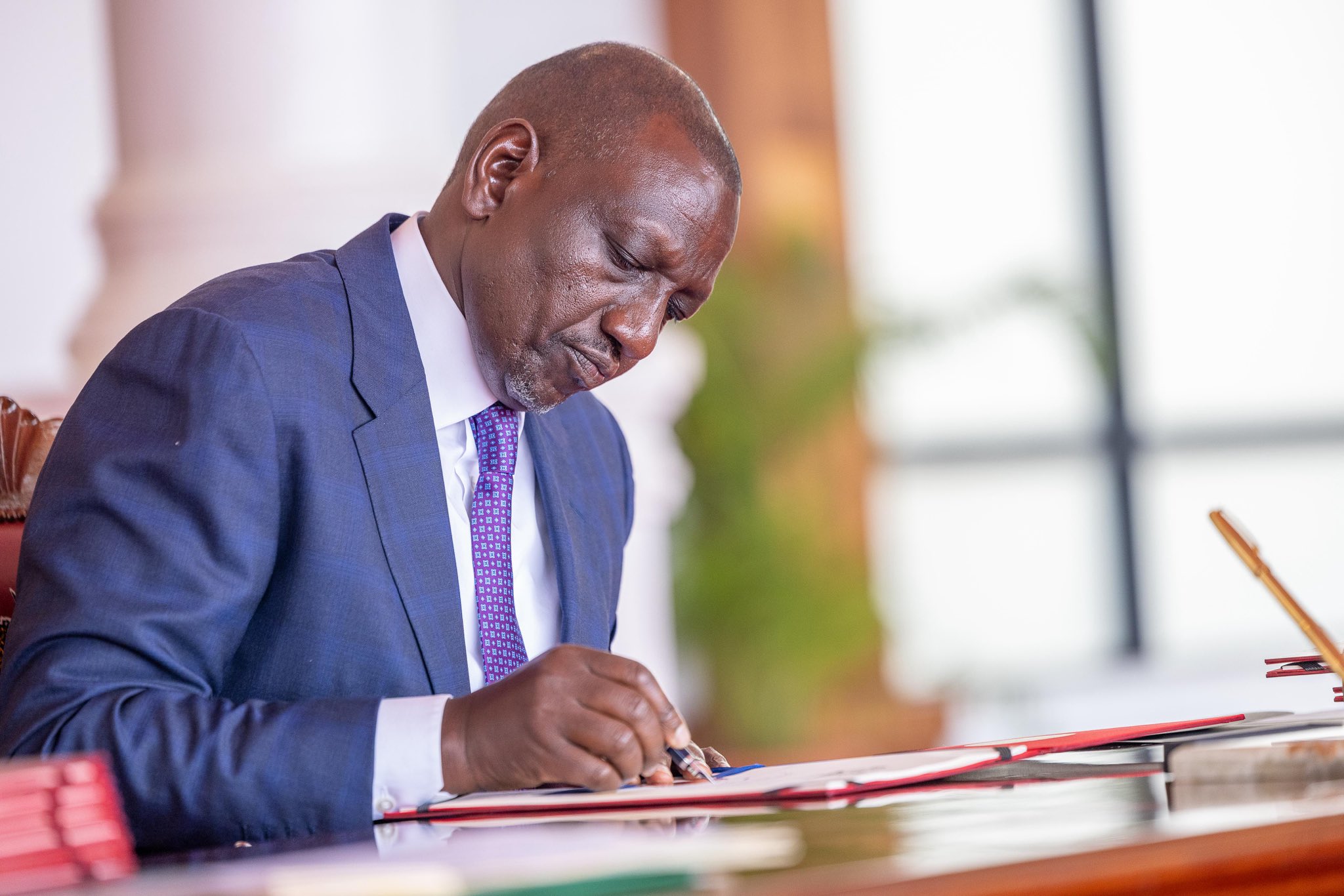
The allocation is part of an Affirmative Action initiative aimed at reducing historical imbalances and boosting development in counties classified as marginalised.
Twelve counties that have endured years of unequal development are set to receive a combined Sh4.46 billion allocation in the 2025/26 financial year, following the signing of the Division of Revenue Bill into law by President William Ruto.
The allocation is part of an Affirmative Action initiative aimed at reducing historical imbalances and boosting development in counties classified as marginalised.
More To Read
- Government tables Bill to boost inclusion of marginalised communities
- Border counties press Senate for extra resource allocation, revenue control
- Gender and Equality Commission launches study to improve girls' education in marginalised regions
- Kakamega, Bungoma get highest share of TSC internship vacancies, as Isiolo, Lamu receive least slots
- Marginalised counties to receive Sh16.8 billion in Equalisation Fund disbursal
- Senators clash over expanded list of counties benefiting from equalisation fund
Each of the counties, Elgeyo-Marakwet, Embu, Isiolo, Kirinyaga, Laikipia, Lamu, Nyamira, Nyandarua, Samburu, Taita-Taveta, Tharaka-Nithi and Vihiga will receive Sh371.6 million.
This additional funding follows a mediated agreement between the National Assembly and Senate, which approved the disbursement of Sh415 billion to county governments as their equitable share for the 2025/26 fiscal year.
The final version of the Bill was endorsed after the two houses reached consensus through a mediation committee.
The targeted allocation comes alongside a Sh16.8 billion share from the Equalisation Fund set aside for 34 counties.
The money is intended to improve access to clean water, roads, health centres and electricity in wards and sublocations classified as marginalised.
The Equalisation Fund, established under Article 204(1) of the Constitution, is allocated 0.5 per cent of all national revenue.
It was initially limited to 14 counties, mainly in arid and semi-arid regions, but now covers more areas after the Commission on Revenue Allocation adopted a sublocation-based approach.
The changes are captured in the Equalisation Fund Bill, 2025, which was introduced by the Senate Finance and Budget Committee chairperson, Ali Roba.
“The Bill proposes a legal framework for the issuance of monies out of the Equalisation Fund to counties in which marginalised areas fall for the provision of crucial basic services,” reads the Bill.
Under this model, counties such as Baringo will receive Sh967.68 million for projects in Tiaty, Mogotio, Baringo North and Baringo South. Elgeyo Marakwet’s Keiyo South and Marakwet East will benefit from Sh105.89 million for developments in Embobut, Endo, Kapyego, Sambirir and Lelan.
Samburu is allocated Sh1.05 billion, Isiolo Sh223.47 million and Lamu Sh93.69 million. Other notable allocations include Turkana with Sh1.86 billion, Narok Sh1.25 billion, Mandera Sh1.22 billion, and West Pokot Sh1.66 billion. Kilifi’s six constituencies will receive Sh878.03 million, while Kwale will get Sh475.83 million.
Busia’s Budalang’i and Teso North constituencies will share Sh29.23 million, Bungoma’s Mt Elgon Sh95.59 million, and Homa Bay Sh214.02 million. Others include Kitui Sh646.40 million, Kajiado Sh369.22 million, Garissa Sh1.02 billion, and Nandi Sh189.86 million.
Budget and Appropriations Committee Chairperson Samuel Atandi said the revised approach reflects a stronger focus on fairness and development. He explained that resource sharing formulas are revised every five years to align with national priorities and local realities.
“The Sh4.46 billion additional allocation to 12 counties is designed to compensate for historic underinvestment and help these regions to catch up in development,” said Atandi.
He said the new formula applies a two-tier sharing model that takes into account population size (based on the 2019 census), poverty levels (drawn from the 2022 KNBS Poverty Report), geographical size, and equal share parameters.
“Many parameters have been used in the past when considering the allocation and sharing of resources among counties. This formula will ensure that counties that have not properly engaged in development programmes now have an opportunity to do so,” he added.
The selected counties face unique challenges that have contributed to their slow growth. In Elgeyo-Marakwet, insecurity caused by inter-community conflict and banditry, especially along the Baringo and West Pokot borders, has delayed infrastructure projects and affected learning.
Isiolo struggles with high poverty levels, frequent droughts, low school enrolment and poor access to healthcare, worsened by its nomadic lifestyle.
In Lamu, terror threats, scattered settlements across islands, and weak infrastructure continue to hinder growth. Samburu, meanwhile, remains affected by rampant poverty, high dropout rates, cattle rustling and harmful cultural practices such as FGM.
The Division of Revenue Act determines how revenue collected nationally is divided between the national and county governments, with the latest version aiming to correct decades of skewed development by prioritising equity and measurable indicators.
Top Stories Today

